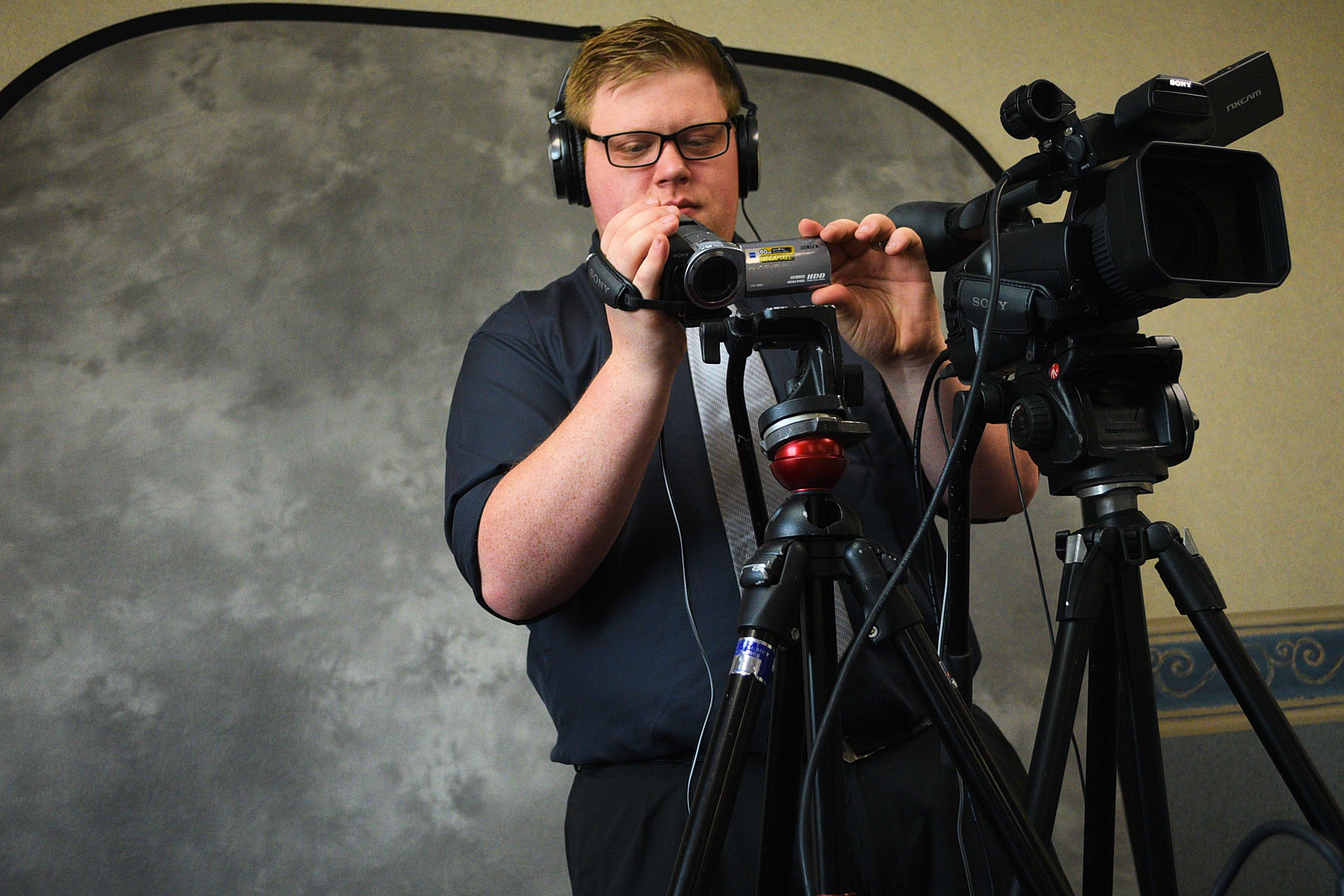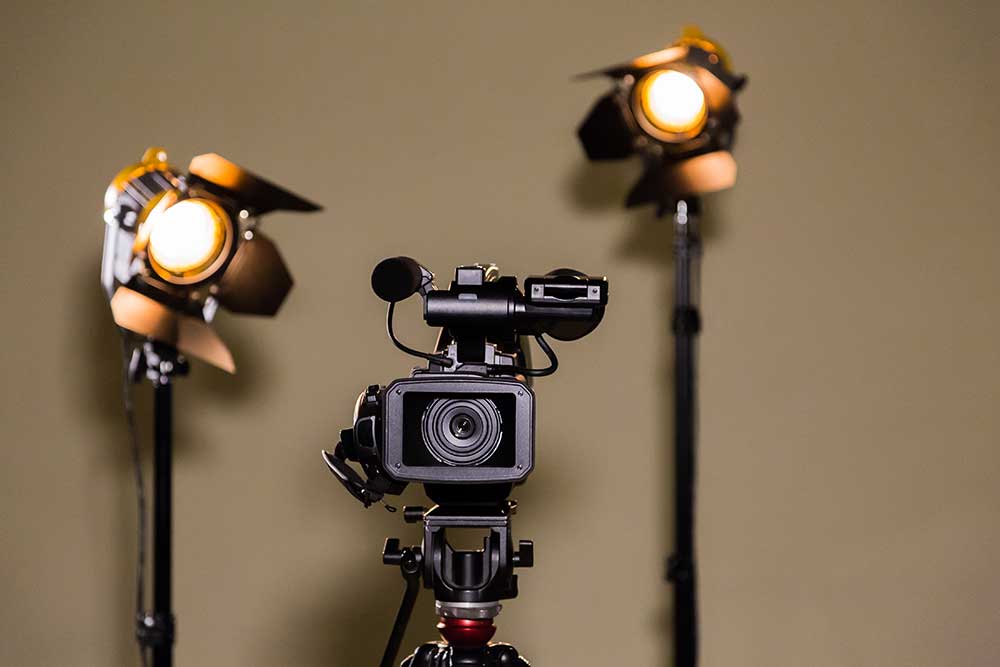The Ultimate Guide to Legal Videography for Lawyer and Legal Teams
The Ultimate Guide to Legal Videography for Lawyer and Legal Teams
Blog Article
Exploring the Mechanisms of Legal Videography: Unveiling Its Procedure in Shielding Authentic Visual Statement for Judicial Proceedings
In the world of judicial procedures, the role of lawful videography stands as a keystone in maintaining and presenting visual evidence. As innovation remains to development, the devices behind legal videography have actually become progressively detailed, using a crucial layer of authenticity to testaments caught on video clip. By delving into the functional details of legal videography, one can reveal the careful procedures that guard the stability of visual evidence offered in courtrooms - Legal Videography. This expedition not just clarifies the historic evolution of legal videography but also hints at the future trends that might additionally change exactly how aesthetic testaments are upheld in the world of justice.
Historical Evolution of Lawful Videography
Analyzing the historical development of lawful videography reveals a considerable transformation in the recording and presentation of aesthetic proof within the legal landscape. In the past, lawful procedures heavily depended on written photos and records to document occasions and provide proof. With the introduction of video clip innovation, the lawful industry saw a standard shift in exactly how visual testimony was caught and presented.
The evolution of legal videography can be mapped back to the late 20th century when developments in video clip recording equipment made it more obtainable for usage in courts. This technical improvement not only enhanced the precision and reliability of aesthetic evidence however also changed the method cases existed to courts and juries (Legal Videography). Lawyers began to acknowledge the influential power of video clip recordings in sharing emotions, subtleties, and non-verbal hints that composed records or pictures alone might not catch efficiently

Technology Innovations in Video Clip Documents
What vital technical advancements have transformed video documentation in the legal area? The legal field has actually seen substantial innovations in video documents modern technology that have actually improved the authenticity and dependability of visual proof in judicial process. Among the crucial improvements is high-definition (HD) video recording capacities, which give crystal-clear images and sharp information that are critical for properly catching testimonies, faces, and various other visual cues. Additionally, the combination of timestamping and metadata functions in video documents tools has allowed precise documents of when and where the video was videotaped, making certain the stability of the evidence provided in court.
In addition, developments in video security and watermarking innovations have bolstered the protection and tamper-proof nature of video evidence, guarding it against unapproved changes or tampering. In addition, the arrival of cloud storage remedies and remote access abilities has structured the storage, access, and sharing of video evidence, assisting in smooth partnership amongst lawyers and making sure reliable access to important aesthetic testimonies when needed. These technical developments in video paperwork have actually certainly revolutionized the legal field, improving the precision, reliability, and admissibility of aesthetic proof in judicial procedures.
Duty of Lawful Videographers in Court Setups
The advancement of video clip documentation technology in the legal area has necessitated an essential function for lawful videographers in courtroom settings, making sure the integrity and reliability of aesthetic testaments presented during judicial process. Lawful videographers play a basic duty in capturing and preserving exact visual proof that can be pivotal in court cases. Their responsibility includes establishing up devices, taping proceedings, and generating top quality video clips that properly mirror the events in the courtroom.
In courtroom settings, lawful videographers have to comply with rigorous guidelines and requirements to maintain the authenticity of the aesthetic record. They have to possess a keen eye for information and a comprehensive understanding of lawful procedures to guarantee that the video footage they catch is a real representation of the events that transpired. Furthermore, legal videographers his response commonly work very closely with legal teams to guarantee that the video clip proof straightens with the case's requirements and can be properly provided in court to support the legal disagreements being made. Generally, the function of lawful videographers in court room setups is crucial in upholding the principles of justice and ensuring the openness of lawful process.

Ensuring Admissibility and Stability of Video Clip Proof
To preserve the integrity of aesthetic evidence presented in lawful proceedings, making sure the admissibility and honesty of video clip evidence is a crucial duty for legal videographers. Admissibility refers to the acceptance of evidence by the court, and for video proof to be permissible, it has to satisfy certain requirements. Lawful videographers play an essential function in ensuring that the video clips they capture follow the policies of proof, such as authenticity, dependability, and relevance.
Stability of video clip proof includes maintaining the creativity and accuracy why not find out more of the video from the moment it is videotaped till it exists in court. This includes safely keeping the video data, documenting the chain of safekeeping, and protecting against any kind of meddling or changes. Legal videographers need to adhere to rigorous procedures to ensure the stability of the video clip evidence and protect against any kind of challenges to its authenticity.
Future Trends in Legal Videography
Offered the raising dependence on innovation in lawful process, lawful videographers are poised to embrace ingenious innovations shaping the future of visual testament capture and presentation. One of the popular fads imminent is the integration of online fact (VIRTUAL REALITY) and boosted fact (AR) innovations right into legal videography. These innovations have the potential to revolutionize just how aesthetic proof is provided in courtrooms, permitting juries and judges to submerse themselves in the scene of the crime or incident.
In addition, the usage of man-made knowledge (AI) algorithms for video evaluation is anticipated to improve the procedure of examining and examining big amounts of video footage. AI can help in identifying essential minutes, anomalies, and patterns within video clips, improving the performance of legal examinations.

Final Thought
In conclusion, lawful videography has actually played a critical role in providing authentic visual evidence for judicial procedures. Via technical developments and the knowledge of legal videographers, the integrity and admissibility of video evidence are made certain in courtroom setups. As legal videography proceeds to develop, it will certainly be necessary to copyright criteria that preserve the precision and reliability of aesthetic statement for the future of lawful proceedings.
Taking a look at the historical progression of legal videography exposes a considerable improvement in the recording and presentation of aesthetic evidence within the legal landscape.The advancement of video clip paperwork modern technology in the legal area has actually necessitated an essential duty for check out this site lawful videographers in courtroom settings, making certain the honesty and reliability of visual testimonies provided throughout judicial process. In addition, lawful videographers frequently function closely with lawful groups to make sure that the video evidence aligns with the instance's needs and can be properly presented in court to support the lawful disagreements being made.To maintain the integrity of aesthetic proof provided in legal process, guaranteeing the admissibility and honesty of video clip evidence is an essential obligation for lawful videographers. As lawful videography proceeds to advance, it will be essential to copyright standards that keep the precision and reliability of visual testimony for the future of legal process.
Report this page